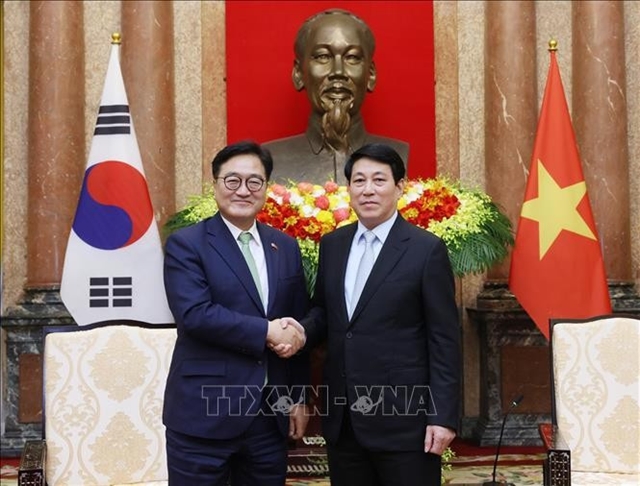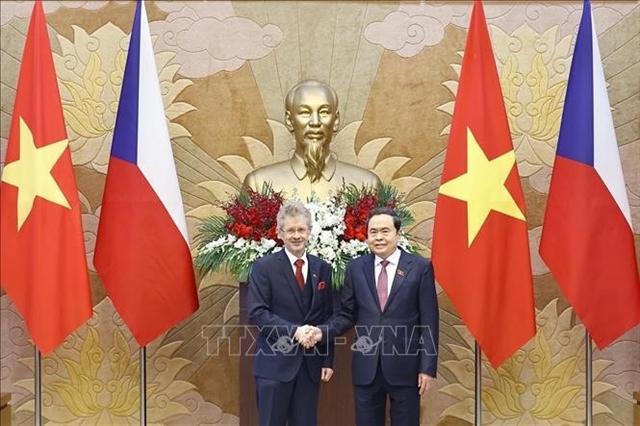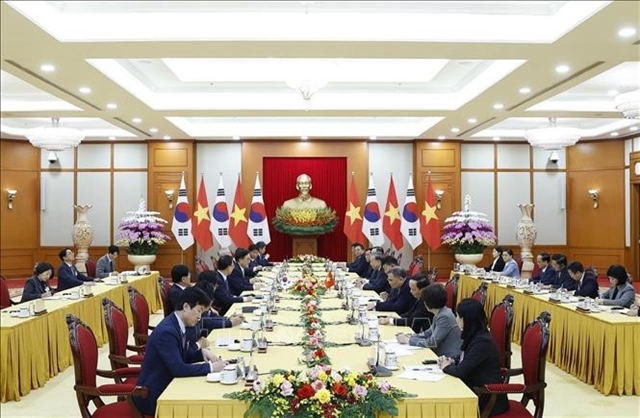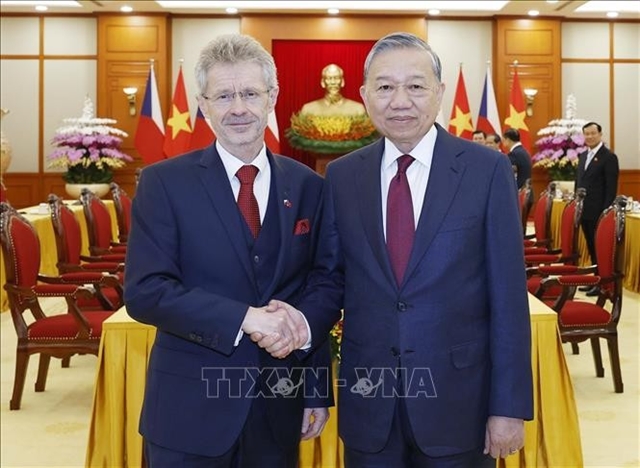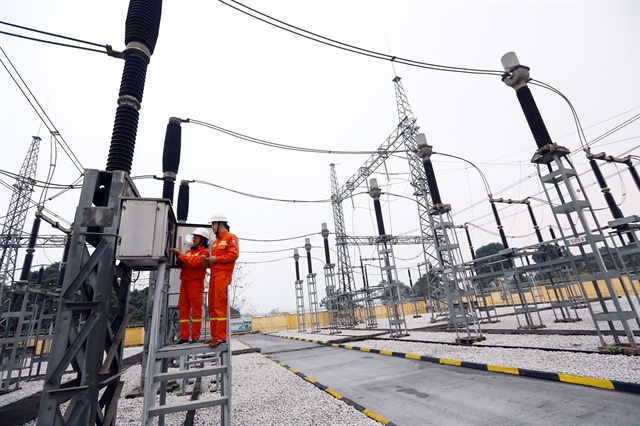 Economy
Economy

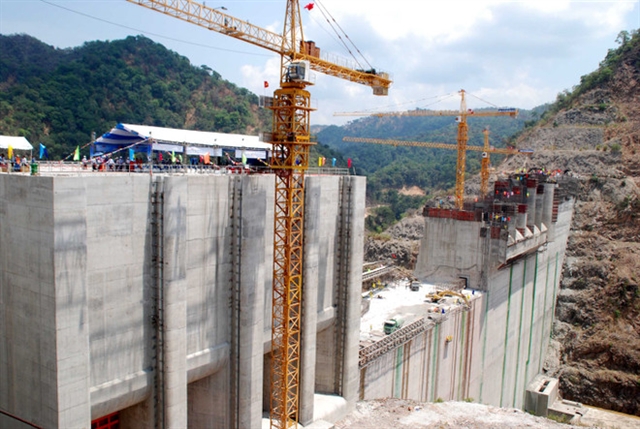 |
| Construction of the Xekaman 1 Hydropower Plant in Laos. — VNA/VNS Photo Phạm Kiên |
HÀ NỘI — The Ministry of Industry and Trade (MoIT) has proposed a significant increase in electricity imports from China and Laos, expanding them up to five times compared with the current power development plan.
According to the latest adjustments to Power Development Plan VIII, Việt Nam aims to import 3,700 MW from China by 2030, an increase of 3,000 MW over the previous plan. The Southeast Asian country has also been negotiating with China’s power suppliers to increase annual electricity purchases to 19 billion kWh from 2027-2028 via a 500 kV transmission line.
Similarly, electricity imports from Laos are projected to reach 6,800 MW by 2030, up from 4,300 MW in the original plan. Việt Nam currently imports around 1,000 MW from Laos through 220 kV transmission lines, with a bilateral agreement allowing for a potential increase to 5,000-8,000 MW by 2030.
The push for higher electricity imports aligns with Việt Nam’s long-term economic strategy. The government aims for sustainable double-digit economic growth, targeting high-income country status by 2045. To support this, annual electricity demand is expected to rise by 12-14 per cent.
A projection by the MoIT estimates that Việt Nam’s total installed power capacity must reach 210,000 MW by 2030 and 840,000 MW by 2050, exceeding current development by 35 per cent and 50 per cent, respectively. While domestic power sources—hydropower, gas power, solar and wind—remain the backbone of the country’s energy strategy, imported electricity serves as a crucial supplement to meet surging demand.
To ensure long-term energy security, Việt Nam is also accelerating domestic power development. Compared with the existing plan, the country will expand its solar capacity by 30,000 MW, small hydropower by 5,700 MW, onshore wind power by 6,000 MW, and invest 12,500 MW in energy storage solutions.
By strategically combining domestic energy production expansion with increased imports from China and Laos, Việt Nam aims to secure a stable power supply while maintaining economic momentum. The MoIT said the hybrid approach will help stabilise electricity prices, avoid power shortages, and support long-term industrial growth.
Last year, Việt Nam approved a policy of importing electricity from a series of energy projects in Laos, with a total planned capacity of 2,939 MW. To date, purchase agreements for 2,239 MW—accounting for 74.3 per cent of the committed capacity by 2025—have been signed, with both governments in support of the cooperation, which is said to strengthen regional energy connectivity and ensure a stable power supply in the region.
In an earlier development, the MoIT approved an electricity import pricing framework from Laos for the period after 2025 until 2030. This serves as the legal basis for implementing power purchase agreements between the two countries. — VNS

